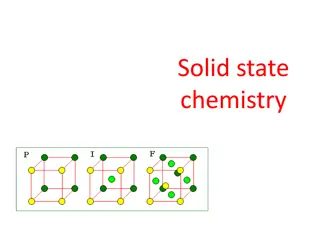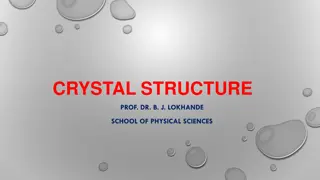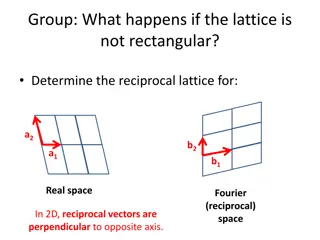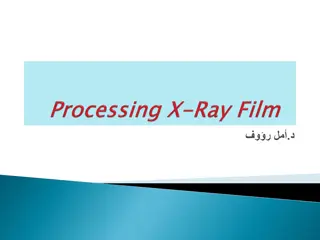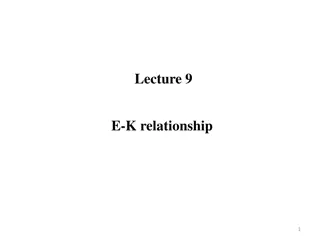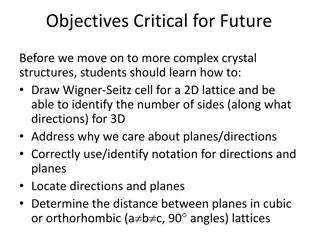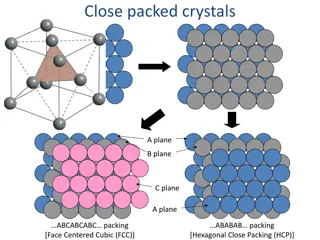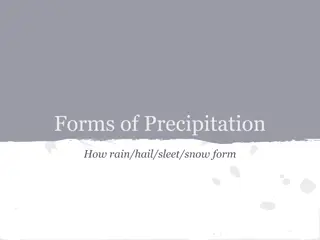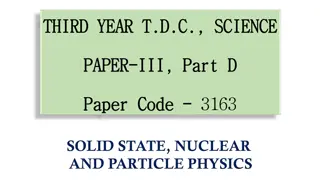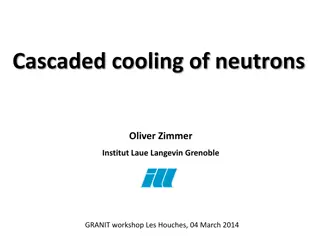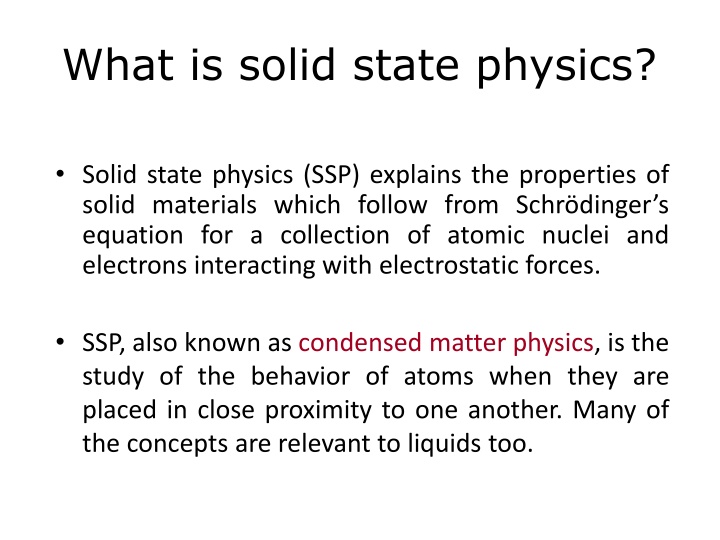
Solid State Physics and the Properties of Solids
Explore the significance of solid state physics in understanding the behavior of atoms in solids, semiconductor technology, and the future of materials science. Discover the unique properties of materials like pencil lead, diamonds, and carbon in various states of matter.
Download Presentation

Please find below an Image/Link to download the presentation.
The content on the website is provided AS IS for your information and personal use only. It may not be sold, licensed, or shared on other websites without obtaining consent from the author. If you encounter any issues during the download, it is possible that the publisher has removed the file from their server.
You are allowed to download the files provided on this website for personal or commercial use, subject to the condition that they are used lawfully. All files are the property of their respective owners.
The content on the website is provided AS IS for your information and personal use only. It may not be sold, licensed, or shared on other websites without obtaining consent from the author.
E N D
Presentation Transcript
What is solid state physics? Solid state physics (SSP) explains the properties of solid materials which follow from Schr dinger s equation for a collection of atomic nuclei and electrons interacting with electrostatic forces. SSP, also known as condensed matter physics, is the study of the behavior of atoms when they are placed in close proximity to one another. Many of the concepts are relevant to liquids too.
What is the point? Understanding the electrical properties of solids is right at the heart of modern society and technology. The entire computer and electronics industry relies on tuning of a special class of material, the semiconductor, which lies right at the metal- insulator boundary. Solid state physics provide a background to understand what goes on in semiconductors.
Chips Act: Rare Bipartisan Agreement It s so important, the government realizes we have to have it made in America. (cause of inflation in cars)
Inflation Reduction Act $369 billion in energy security and climate change
Why is Solid State Physics Important? Electronic Properties - Transistors (the heart of electronics) Electron/Photon Interactions - Laser Diodes, Photodiodes, CCDS Electron/Phonon Interactions - Piezoelectric materials Electron Spin/Charge Interactions - Spintronics, Quantum Computing Highly Correlated Electronics Systems - Superconductors, Magnets New technology for the future will involve developing and understanding new classes of materials. By the end of this course we will see why this is a non-trivial task.
What do pencil lead and diamonds have in common? What property are they complete opposites?
Electrical resistivity of three states of solid matter They are all just carbon! How can this be? After all, they each contain a system of atoms and especially electrons of similar density. Graphite is a metal, diamond is an insulator and buckminster-fullerene is a superconductor.
What is crystallography? The branch of science that deals with the geometric description of crystals and their internal arrangement. Crystal lattice and structure of Platinum Platinum surface (scanning tunneling microscope) Platinum
Structure of Solids Objectives By the end of the next two classes you should be able to: Identify a unit cell in a symmetrical pattern Identify a crystal structure Compare bcc, fcc and hcp crystal structures Calculate atomic packing factors
Crystal Lattice = an infinite array of points in space Each lattice point has identical surroundings. Arrays are arranged exactly in a periodic manner.
Could the centers of both Na and Cl be lattice points at the same time? Crystal Lattice = an infinite array of points in space Each lattice point has identical surroundings. Arrays are arranged exactly in a periodic manner.
Crystal Structure =Lattice +Basis Crystal structure can be obtained by attaching atoms, groups of atoms or molecules, which are called the basis (AKA motif) to every lattice point. AKA means also known as
Crystal Structure =Lattice +Basis Crystal structure can be obtained by attaching atoms, groups of atoms or molecules, which are called the basis (AKA motif) to every lattice point. AKA means also known as
Defining lattice points and unit cells (will help us better understand vectors) P a2 A a1 What are the lattice points (integers) for points D, F and P, where point A is the origin?
Defining lattice points (will us better understand vectors) P a2 A a1 What are the lattice points (integers) for points D, F and P, where point A is the origin? Point D (n1, n2) = (0,2) Point F (n1, n2) = (0,-1) Point P (n1, n2) = (3,2)
Defining a lattice means writing lattice vectors To be a Bravais lattice, lattice must look identical from each lattice point. A Bravais lattice is a set of points such that a translation from any point in the lattice by a vector; P R = u1a1 + u2a2 locates an exactly equivalent point, i.e. a point with the same environment. This is translational symmetry. a2 A a1 The vectors a1 and a2are known as lattice vectors and (u1, u2) is a pair of integers whose values depend on the lattice point. Point D (n1, n2) = (0,2) Point F (n1, n2) = (0,-1) Point P (n1, n2) = (3,2)
Unit Cell in 2D Typically has lattice vectors shown between lattice points. The smallest component of the crystal (group of atoms, ions or molecules), which when stacked together with pure translational repetition reproduces the whole crystal. 2D Crystal The choice of unit cell is not unique. S S S b S a 18
2D Unit Cell example -(NaCl) Can the box be a unit cell? We define lattice points ; these are points with identical environments
Is this the minimum 2D unit cell size? Where would the lattice points be? Count atoms Lattice points should all have identical environments 20
Choice of origin is arbitrary - lattice points need not be atoms - but unit cell size should always be the same. Crystal Structure 21
This is also a unit cell - it doesn t matter if you start from Na or Cl Crystal Structure 22
- or if you dont start from an atom Crystal Structure 23
Crystal structure Don't mix up atoms with lattice points! (e.g. NaCl) Atoms can lie at positions other than lattice points (though typically not defined that way) Crystal Structure = Crystal Lattice + Basis
At each one of the circles in these cubes is a polonium atom. Fully define the crystal structure. To define crystal structure fully, must define basis (with atoms) and lattice vectors.
Identifying the Lattice Parameters (In your groups) determine the lattice vectors and basis for the smallest possible unit cell (more than one possible answer) If you finish, draw the lattice.


